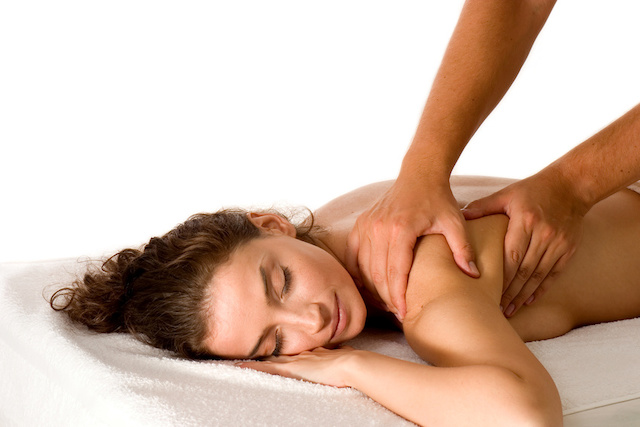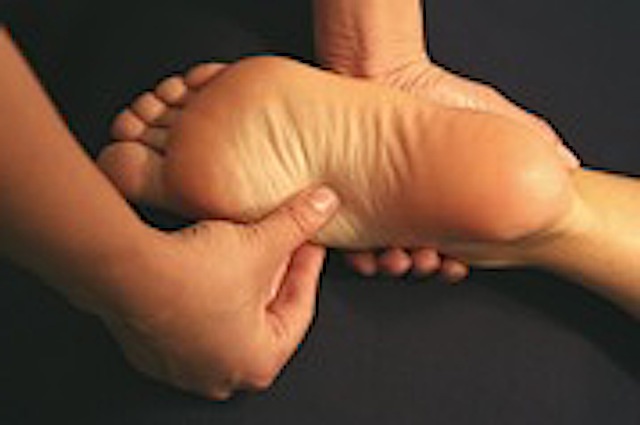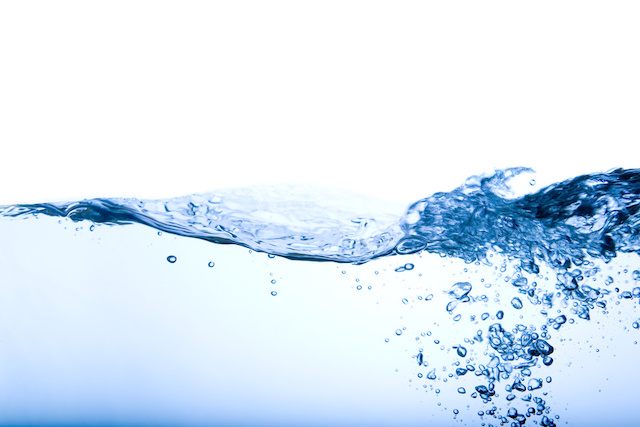
Massage
Massage therapy is an important component of every rehabilitation programme. Massage involves the controlled compressive and extensive manipulation of muscle and tissue. The therapeutic effects of massage on muscle and tissue tone, on contracture, scar tissue and circulatory disorders are well established.
General effects of massage:
- increases local blood flow
- decongests the venous and lymph systems
- regulates muscle tone; revitalisation in cases of hypertonicity, myogelosis and hypotonicity
- breaks down scar tissue and loosens tissue adhesions
- improves the tone of the skin and the connective tissue
- relieves pain
- on internal organs via reflex arcs
- stabilises and promotes normal tone in the autonomic system
- gives rise to psychological relaxation.
The massage techniques applied during therapy include:
traditional massage, segmental-reflex massage such as connective-tissue massage, foot reflex massage, deep massage (Marnitz technique), colon massage, periosteal massage (Vogler technique), deep friction massage (Cyriax method), "Breuss" massage and facial massage.
Extension using the Domnik and Biehl methods
Domnik extension massage:
The Domnik method of cervical extension massage is a manual, three-dimensional traction technique that uses surface transverse friction to reduce nociceptor activity and activate mechanoreceptors. Light traction and rotational and translational movements inhibit pain and improve fluid circulation in tissues.
Biehl extension massage:
In the Biehl method, a Glisson's sling is used to apply three-phase cervical traction. The procedure is comparable with the Domnik extension massage.

Foot reflex massage
**Zur Anwendung kommen in der Therapie:
The massage techniques applied during therapy include:
traditional massage, segmental-reflex massage such as connective-tissue massage, foot reflex massage, deep massage (Marnitz technique), colon massage, periosteal massage (Vogler technique), deep friction massage (Cyriax method), Breuss massage, facial massage and underwater massage.

Underwater Massage
The concept of underwater massage is based on the following five factors:
- hydrostatic pressure
- temperature
- buoyancy
- mechanical stimulation
- psychological factors
Effects:
- relieves hypertonic muscles
- stimulates tissue metabolism and trophism
- relaxes the autonomic nervous system / psychological state
- relieves pain
- promotes absorption in body tissue
- loosens tissue adhesion and breaks down scar tissue
In rehabilitation programmes, massage is equally as important as physiotherapy, and cannot be simply substituted by another form of therapy. Massage and physiotherapy belong together in an optimal programme of treatment.

 DE
DE
 FR
FR